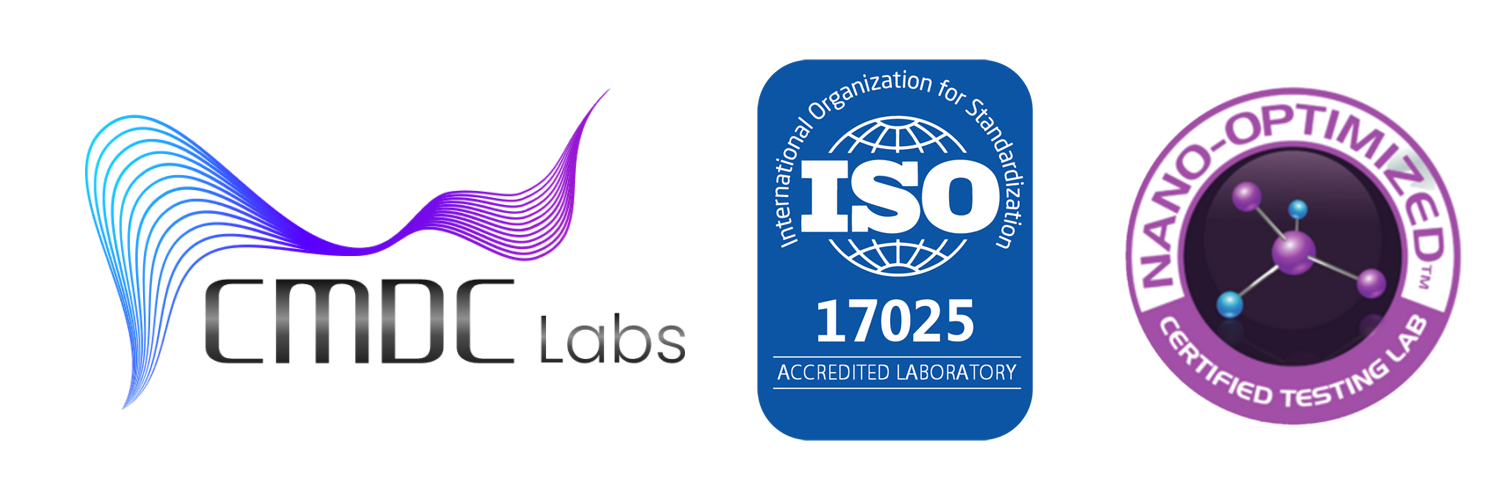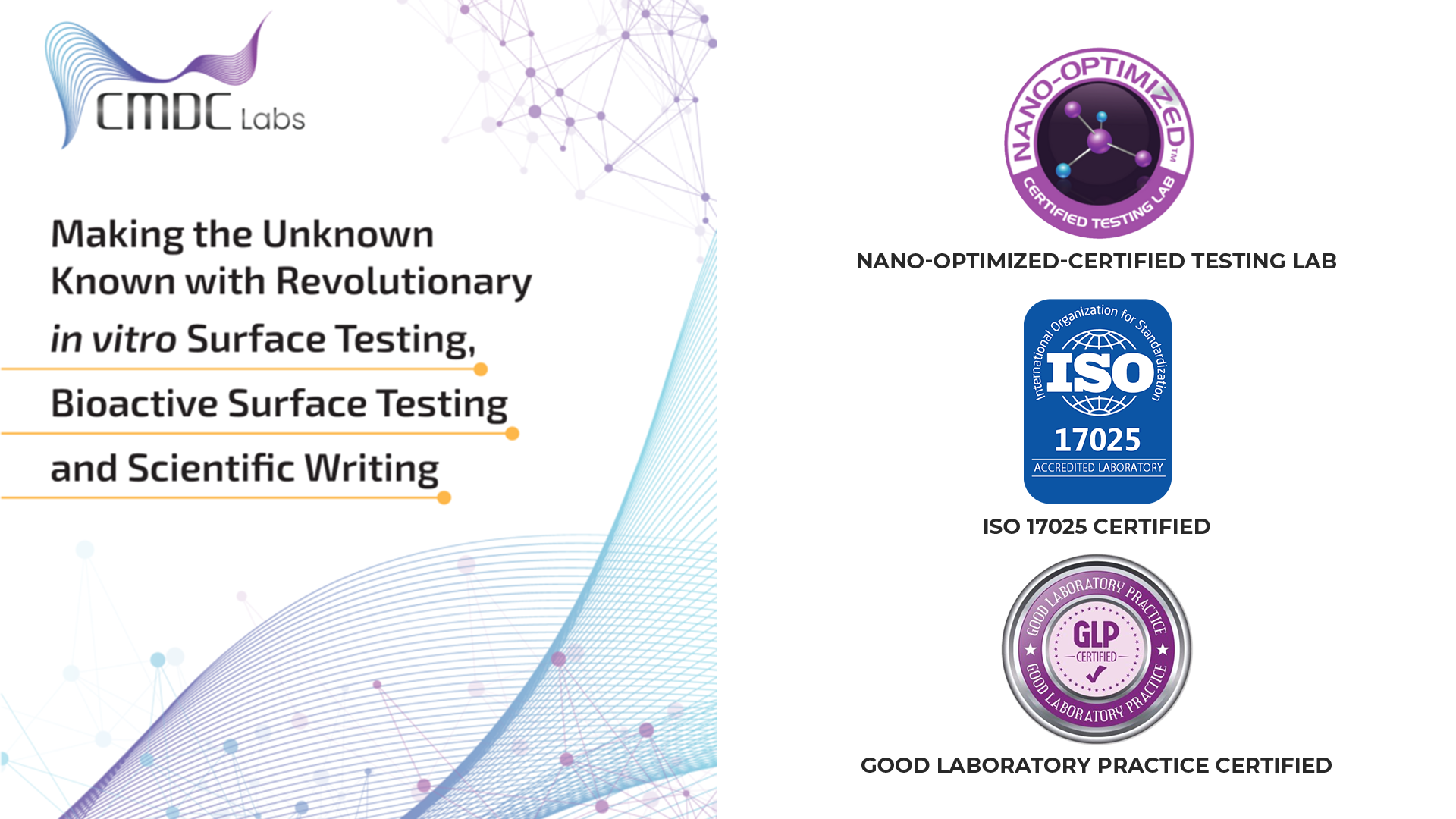Ensuring the safety and quality of food products is paramount in the food industry. The Association of Official Analytical Chemists (AOAC) sets standards and methods for food safety testing to protect consumers from potential health hazards. In this article, we will explore some of the key challenges faced in AOAC food safety testing and innovative solutions to overcome them.
Challenges in AOAC Food Safety Testing:
- Complex Sample Matrices: Food samples often contain complex matrices, including fats, proteins, sugars, and additives, which can interfere with analytical measurements. Analyzing these matrices accurately requires robust sample preparation techniques and sensitive analytical methods.
- Detection of Low-Level Contaminants: Foodborne pathogens, toxins, and chemical contaminants can pose significant health risks, even at low levels. Detecting and quantifying these contaminants in food samples require highly sensitive and selective analytical methods with low limits of detection.
- Rapid and Reliable Analysis: Timely detection and identification of foodborne hazards are critical to prevent foodborne outbreaks and ensure consumer safety. Rapid analytical methods that provide accurate results in real-time or with minimal sample preparation are essential for efficient food safety testing.
- Regulatory Compliance: Food safety testing laboratories must comply with regulatory requirements and standards set by organizations like the Food and Drug Administration (FDA) and the United States Department of Agriculture (USDA). Meeting these standards requires validated methods, quality control measures, and adherence to Good Laboratory Practices (GLP).
Innovative Solutions for AOAC Food Safety Challenges:
- Advanced Analytical Techniques: Adoption of advanced analytical techniques such as mass spectrometry (MS), high-performance liquid chromatography (HPLC), and polymerase chain reaction (PCR) enables accurate and sensitive detection of foodborne contaminants. These techniques offer high selectivity, sensitivity, and specificity, allowing for reliable analysis of complex food matrices.
- Automation and Robotics: Automation of sample preparation and analysis processes streamlines workflow, reduces human error, and improves analytical throughput. Robotics platforms equipped with advanced software and robotic arms enable high-throughput screening of food samples, enhancing efficiency and productivity in food safety testing laboratories.
- Molecular Diagnostics: Molecular diagnostic methods, including DNA-based techniques like PCR and nucleic acid amplification, offer rapid and specific detection of foodborne pathogens and genetic contaminants. These methods provide actionable results in a matter of hours, facilitating timely decision-making and outbreak response.
- Blockchain Technology: Integration of blockchain technology into food safety testing enables secure and transparent traceability of food products throughout the supply chain. By recording and verifying data at each stage of production, processing, and distribution, blockchain ensures the integrity and authenticity of food safety testing results, enhancing consumer confidence and regulatory compliance.
- Remote Sensing and Imaging: Remote sensing techniques such as hyperspectral imaging and spectroscopy allow non-destructive analysis of food samples for quality and safety assessment. These techniques provide valuable information about chemical composition, contamination levels, and foodborne hazards, enabling rapid and non-invasive screening of large quantities of food products.
Conclusion: Innovative solutions are essential for addressing the complex challenges associated with AOAC food safety testing. By leveraging advanced analytical techniques, automation, molecular diagnostics, blockchain technology, and remote sensing, food safety testing laboratories can enhance efficiency, accuracy, and reliability in detecting and mitigating foodborne hazards. Embracing innovation is crucial to safeguarding public health, ensuring regulatory compliance, and maintaining consumer trust in the safety and quality of food products.

